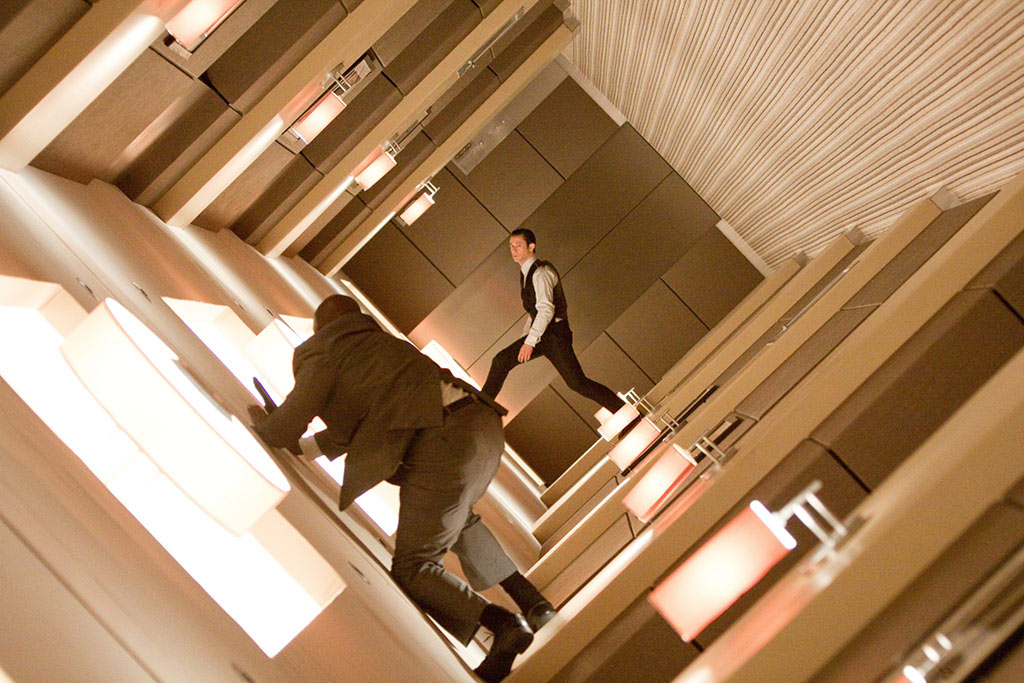In-built Dreams
Unravelling the nebulous dreamscapes of ‘Inception’ – a film whose settings are deliberately and intricately tied to plot and character psyche
Godhashri Srinivasan
A train barrels into cars in a New York City street. Cities fold into themselves. Streets, buildings and people defy gravity and suddenly start floating. It is the stuff of dreams and it has been filmmaker Christopher Nolan’s obsession since the age of 12. When Inception was released in 2010, its story had been in the works for over a decade. So, it shouldn’t come as a surprise that Nolan had very specific – and very ambitious – ideas about dreamscape set design.
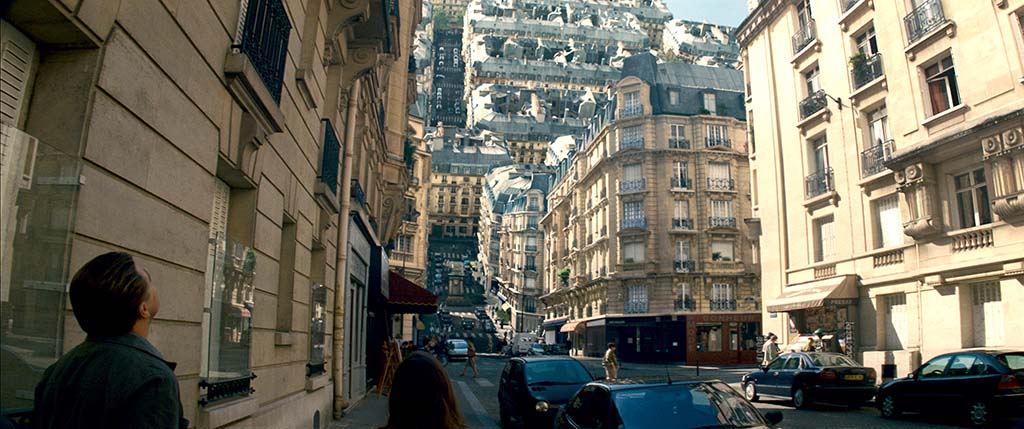
To realise the dreamscape where gravity stops working and people are fighting and floating through lobbies, the crew had to build a rotating set from scratch. But despite the level of difficulty and the pressure of the scale, what is truly brilliant about Inception is how its sets interweave so subtly and intricately into the characters’ very psyche, and the story’s plot. The sets, by themselves, may have been just rooms. But combined with the possibility that they may be dreams, and with the characters’ own acceptance or denial of that dream state, the sets gain their own personalities.
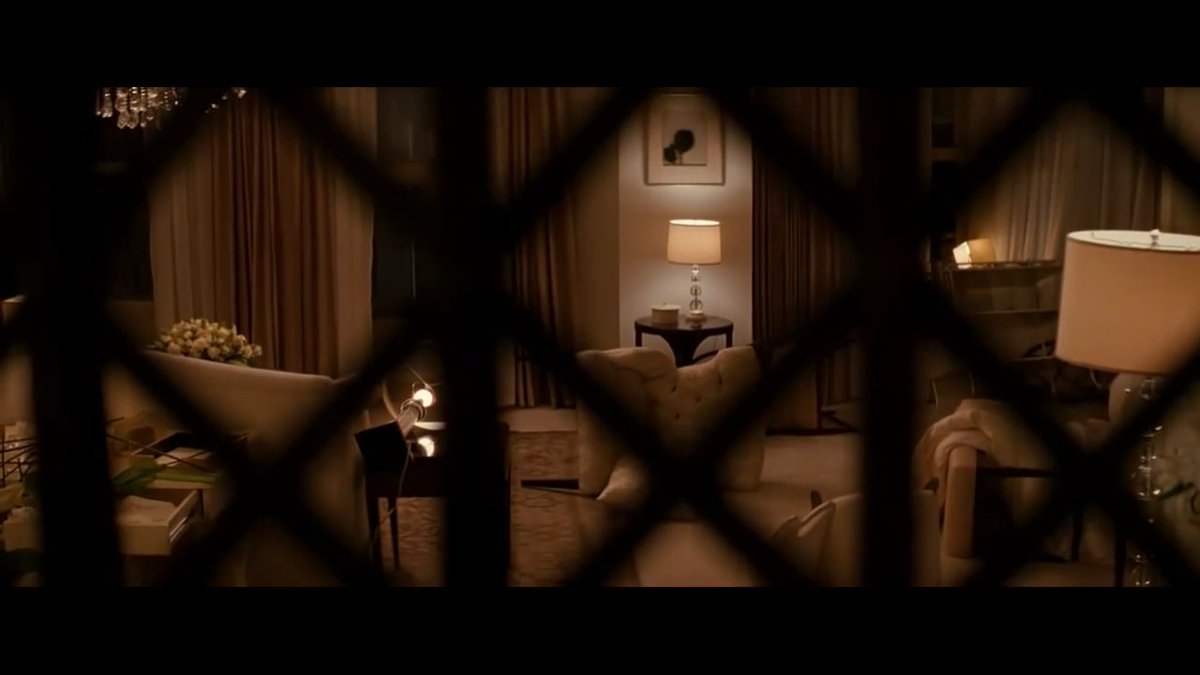
Dom Cobb specialises at infiltrating people’s dreams, and his dream elevator is one such set. Cobb built his subconscious in levels where each floor represents a memory he wants to change. There’s the house he shared with Mal, his dead wife; there’s Mal’s childhood house; the beach where Cobb’s projection of Mal plays with those of his kids; and finally, there’s the hotel room, at the very bottom. The room, in complete disarray with broken wine glasses and upturned furniture, is where Mal tries to convince Cobb to jump out of the balcony in order to wake up from their ‘dream’. When Cobb doesn’t jump, she jumps herself. This room is the crux of what defines Cobb, the reason behind his storyline.
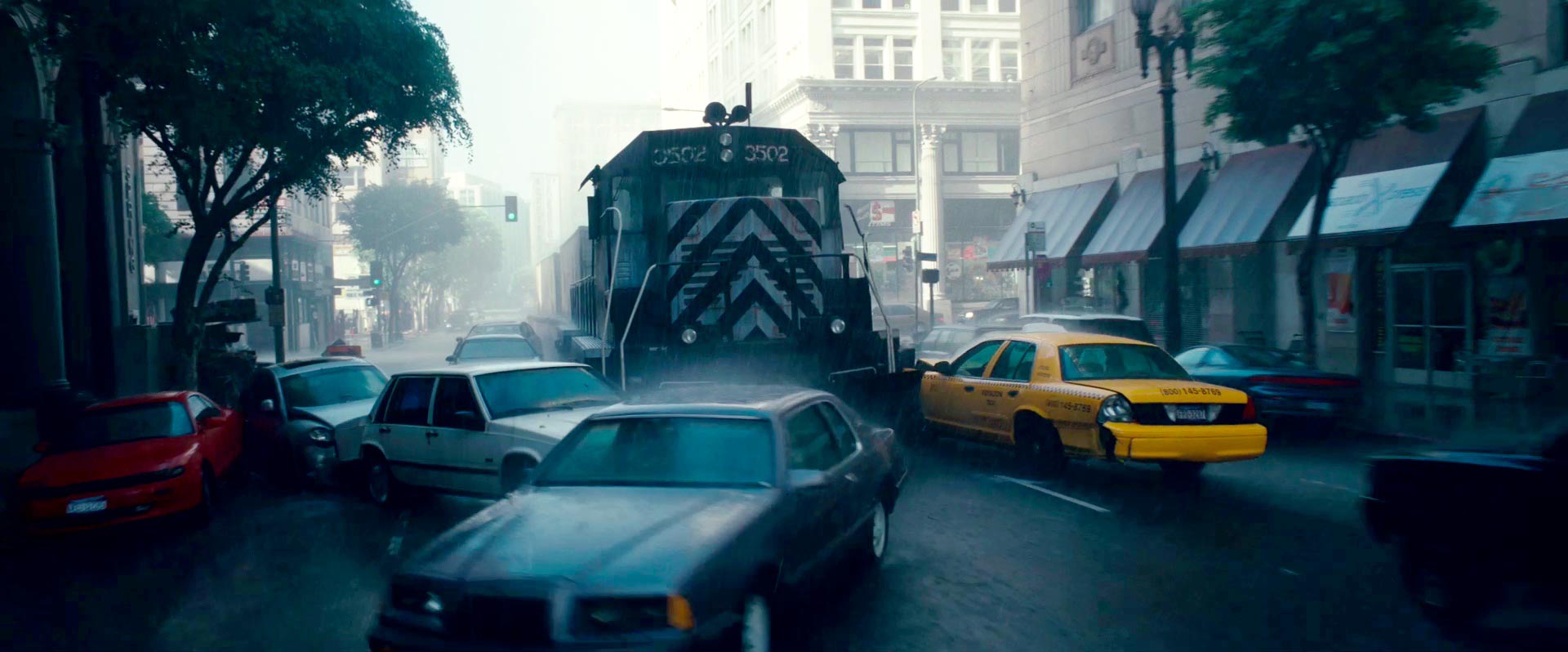
There is another room that hints at Cobb’s psyche in a subtler, but profound way. When Ariadne, the architect hired to construct and detail the dreamscapes, first enters the elevator, she finds Cobb with Mal sitting by an open, airy window in a homely room. In this setting, Cobb is at a strange ease with his projection of Mal, who he knows is not real. The room points at the disconcerting sense of guilt and love Cobb continues to feel for his dead wife, and hints at the choice he will eventually make.
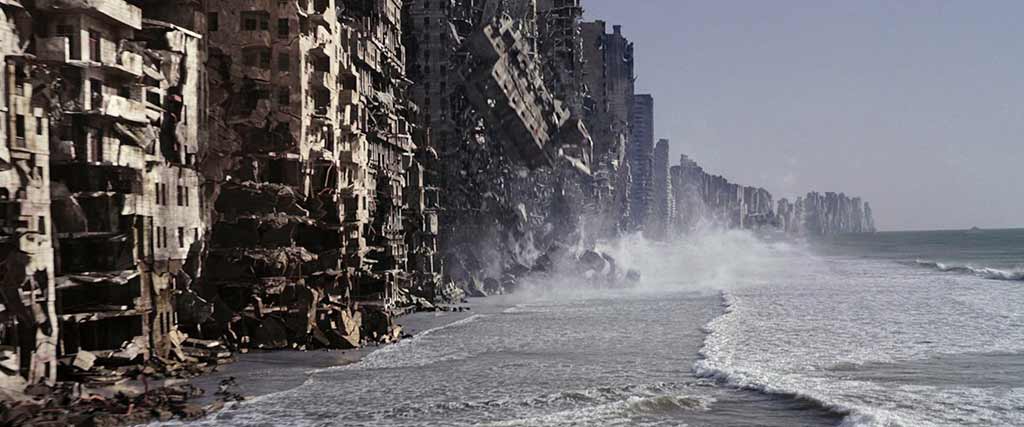
Limbo City, at the very heart of dreams, the last dream level, is the place where Cobb and Mal live out their lives. It’s a city by the beach they built themselves while playing Gods. They began by building works of famous architects, and then built places from their own past – childhood homes, vacation spots. It is this city where Mal loses her mind. When Mal kills herself, Limbo City becomes the manifestation of Cobb’s innermost thoughts and feelings. Later, when Cobb returns with Ariadne, the city is crumbling into the sea. The buildings are wasting away, and thunder and lightning rip through the sky in the background. ‘The mere fact that they were eroding away into the sea, and the sea was eating into these buildings, was another visual method of showing that he was losing his mind’, said Guy Days, the film’s production designer, to Vanity Fair.
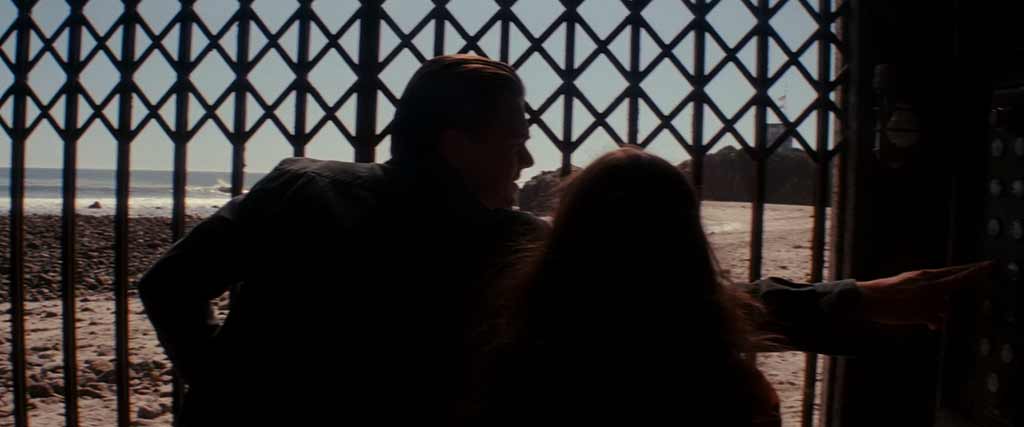
Inception is a film whose settings are the most obviously and deliberately tied to plot and character psyche. Each dreamscape, while acting as a building block for plot, is also a deep dive into the characters’ minds. In the last scene (SPOILER ALERT), when Cobb is seemingly back home, he spins the top for the last time to check if it’s all a dream. But then he runs to his children. What matters here is not the top itself, but the fact that Cobb doesn’t care anymore. It is where the nebulous nature of the setting gives weight to Cobb’s disregard as a final confirmation.
